KEVIN J. VANHOOZER
NOTHING THRILLS THE DISILLUSIONED. Yet to live in the twenty-first century West is to live in what has become a disenchanted world, a land of Oz in which the curtain has been drawn back, exposing the machinery behind the mystery, the monied interests behind the politics, the psychology behind the religion, and the genome behind what used to be the soul. In this plain new world, feelings of genuine excitement are hard to come by, forcing theme park engineers to construct roller coasters whose steep slopes, inverted twists, and tight turns fly by so quickly that the brain cant even process whats happeningand still it is not enough. Thrill-seekers want to go higher, faster, experience more Gs. Those who can afford it now take recreational rocket rides to get high.
Athletes today seldom experience what sportscaster Jim McKay memorably termed the thrill of victory, the agony of defeat (for ABCs weekly Wild World of Sports). These days, thrill-seekers look to extreme sports that involve greater than usual speed, height, effortand risk. Move over, religious ecstasy; make room for the adrenaline rush.
Other symptoms here and there in contemporary culture confirm that we are dying of boredom. Consider, for example, the Rainforest Cafe, a restaurant that bills itself as an exciting thrill for all ages. Diners dont simply wait to be seated, but are greeted by a safari guide who says, Your adventure begins here. Patrons are then seated in an ersatz rainforest, complete with various jungle sights and sounds (thanks to animal animatronics), and every eighteen minutes there is a thunderstorm because, you know, who likes eating dinner under clear skies without savage beasts?
Are Christians any different? Do they have good reason to be excited about something? Many think that doctrine, the formulation of their distinct beliefs, is deadly dull. Even longtime churchgoers may suppose that studying systematic theology is as exciting as being a parking lot attendant: yes, theres a system, and a place for everything, but theres not much of interest to attend. The very term orthodoxy has a similarly dampening effect; ancient convention, stuffy conformism, or settled opinion arent exactly descriptions that encourage people to leap up from their pews and cheer, or even to get out of bed in the morning. Worse, the very idea that one has to conform to established ideas is anathema to the creative artist, who may be more inclined to speak of the chill of orthodoxy.
Trevin Wax invites us to reconsider the ruts into which our thinking about orthodoxy has fallen. The Christians real adventure begins at the waters of baptism, when believers identify themselves as followers of Jesus Christ and have to decide which way to walk. If they arent careful, however, they can quickly become like children tossed by the waves and blown around by every wind of teaching (Ephesians 4:14). For doctrines and orthodoxies are inevitable. The only question is: Whose set of teachingsabout God, the world, ourselves, our flourishingwill we follow? I resonate with Trevins comparing core Christian doctrine to a map. Disciples need direction!
He also rightly reminds us that the nature of Christian doctrine is such that we cannot privatize our faith. Christianity is not something people do only in their bedrooms. What is ultimately at stake is a public truth claim: He has risen. To stake such a claim is to be willing to enter into the arena where the Christian truth takes on the world. That is the kind of thrilling prospect that can get waking Christians out of bed in the morning.
And this relates to Trevins central metaphor for describing the Christian walk: an adventure. As a boy, I loved playing with toy soldiers, especially knights. This may be why I so resonated with Trevins description of orthodoxy as an ancient castle, of the churchs mission as an epic battle for eternal souls (talk about the church militant!), and of the Christian life as a questnot for our own glory, like the knights of yore, but a quest to glorify God.
As you read The Thrill of Orthodoxy, then, I encourage you to keep in mind Kierkegaards image of the Knight of Faith, decked out in breastplate of righteousness, shield of faith, and sword of the Spirit, namely, the Word of God (Ephesians 6:11-17). Pay no mind to those cynics who dismiss the Knight of Faith as a knight-errant, an evangelical Don Quixotea heroic but ultimately comic figure that does battle with imaginary opponents, tilting at windmills under the mistaken impression they are giants. Yes, the Knight of Faith may appear to the world to be madafter all, faith is the reality of what is hoped for, the proof of what is not seen (Hebrews 11:1). And yet, there are giants in the land. The Knight of Faith tilts not at windmills, or even against flesh and blood, but against evil, spiritual forces (Ephesians 6:12).
Doctrine makes a difference in real life, and false doctrines can be toxic. What is ultimately at stake in preserving orthodoxy is the truth about God, the gospel, and ourselves. And what is thrilling about orthodoxy is the enduring relevance of its truth. I can think of no better example than Oliver ODonovans book Begotten or Made? Human Procreation and Medical Technique. His title comes from a line in the oldest orthodox doctrine in the book, the doctrine of the Trinity, as formulated in the Nicene Creed (AD 325). In its original context, begotten, not made refuted the heresy that the Son is not one with God but merely Gods greatest creature. ODonovan deploys this fourth-century dogma to deal with twentieth-century problems raised by new reproductive technologies (such as in vitro fertilization, freezing embryos, and surrogate mothers). What we


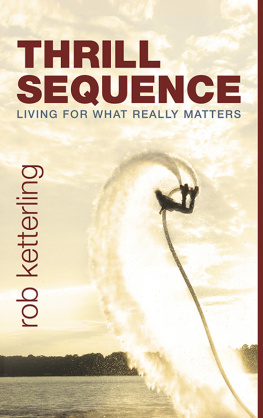
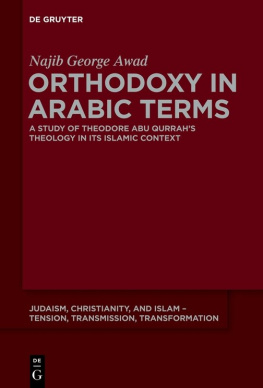


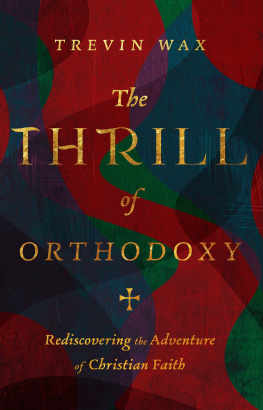
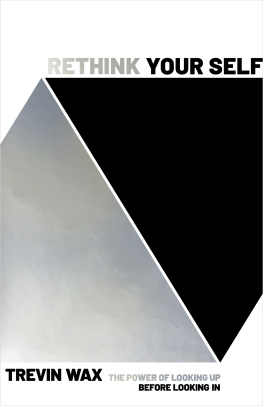

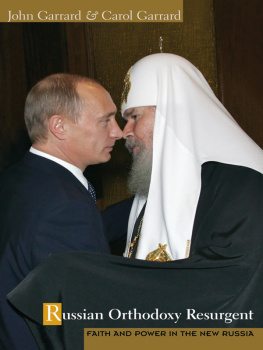
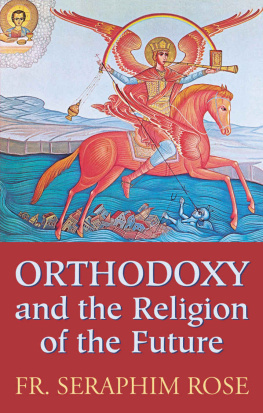


 InterVarsity Press
InterVarsity Press